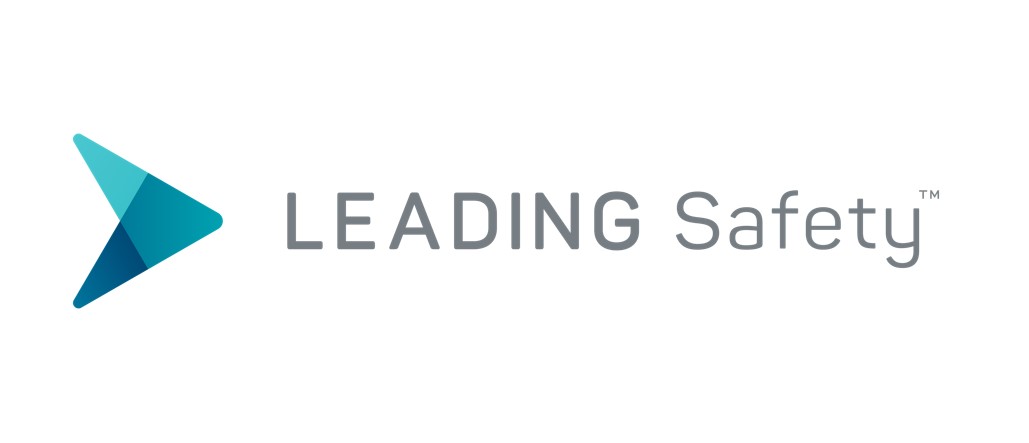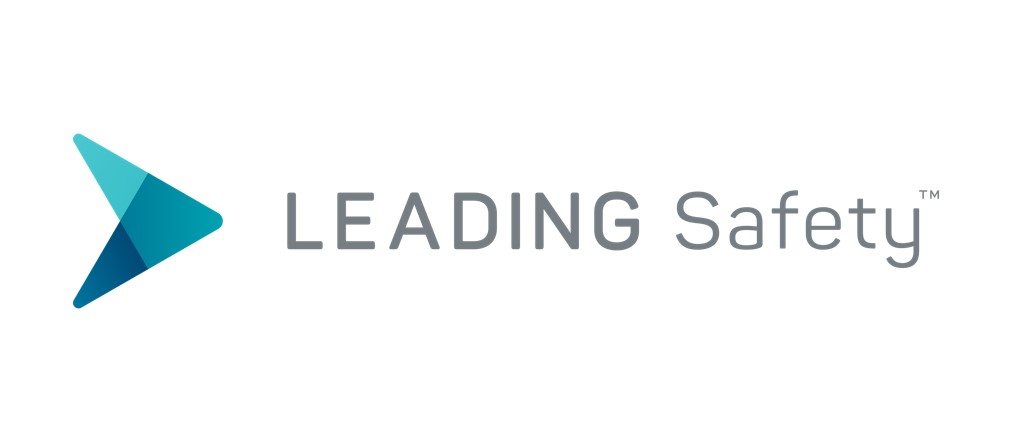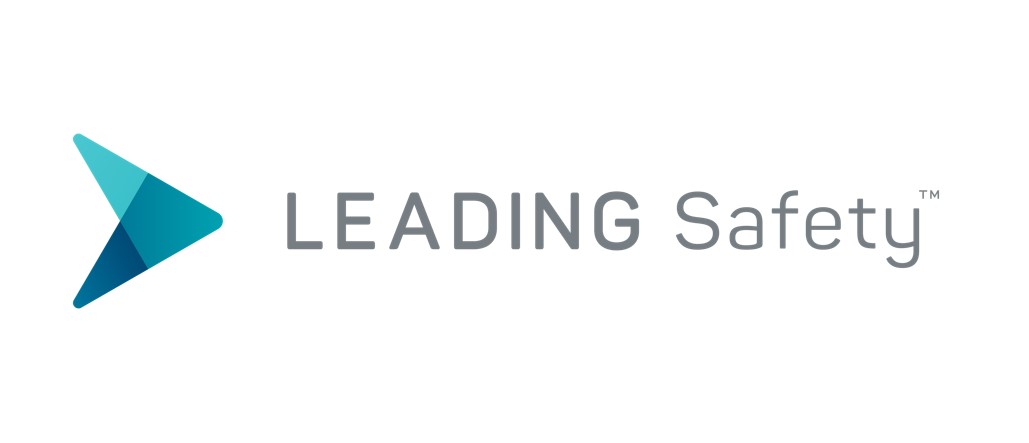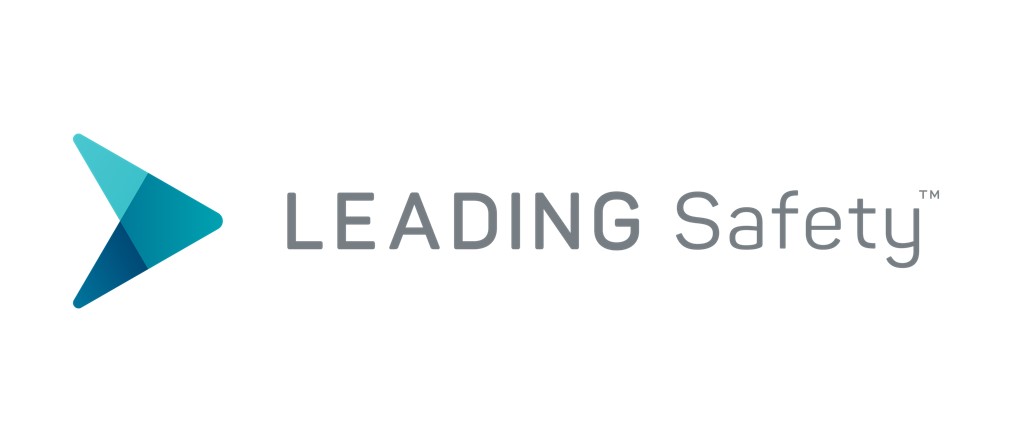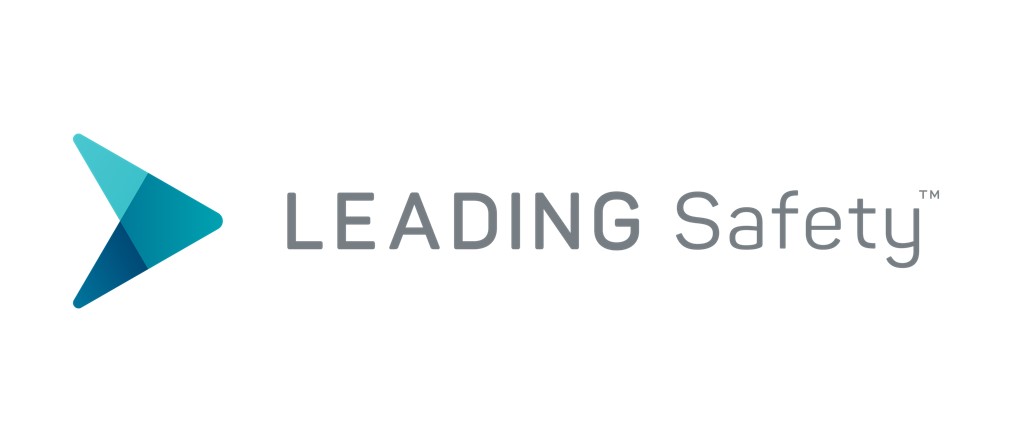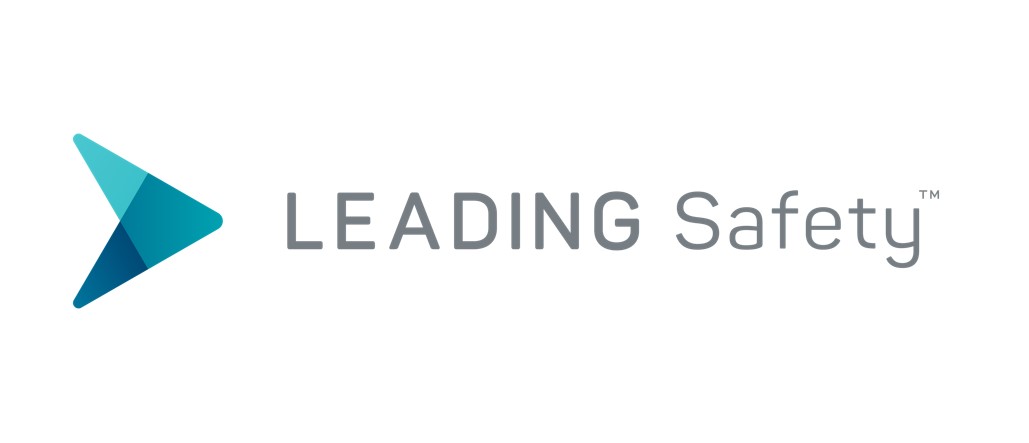Title Page
-
Site conducted
-
Conducted on
-
Manager completing risk focus verification
-
Manager has completed Leading Safely at Target online training course
-
Verification must be led by member of management team up to date with Leading Safely at Target
Team members supporting manager
-
Add name of team member
Risk methodology
-
For each Hazard the following process has been applied to identify hazard, outline risk value and outline existing controls for verification.<br><br>Step 1. Identify Hazard and outline detail.<br>e.g. Risk of collapse of structure, crushing customer on sales floor.<br>e.g. Risk of laceration to customer / team member due to sharp edges of structure.<br><br>Step 2. Assign Risk Level based upon Risk Value with controls in place.<br>Severity – What is the most likely consequence/outcome that would result from the hazard?<br>Likelihood – What is the chance of an incident occurring and the chosen severity, being the outcome?<br><br>Step 3. Outline existing controls in place or already instigated <br>e.g. Redesign: Structure has been engineering and tested to hold minimum 250kg.<br>e.g. Elimination: Edges have been bevelled to eliminate sharp edges on unit.
-
Severity & Likelihood Table
-
Risk Table
-
Risk control table
Walkie Stacker (RA 001)
Walkie Stacker
-
Confirm all controls listed are in place. If control not in place, generate "Action" and close out
Step / Topic - Working in Trafficked Area
Hazard (including outcome): Injuries to people or damage to objects due to collision with vehicle or stationary object: Medium - 3C
-
Site - Team members place appropriate temporary bollards, expandable barriers or rope etc. to separate vehicles and pedestrian zones when required.
Step / Topic - Plant and Equipment
Hazard (including outcome): Exposure to mechanical hazards that may entangle, crush or shear the operator or pedestrians: Low - 3D
-
National - Only approved Walkie Stackers are supplied to Target sites. All Walkie Stackers are subject to Preventative Maintenance using authorised and experienced contractors. Locations of Walkie Stackers maintained in central asset database.
-
Site - Controls from Walkie Stacker Operator Instructions for particular make and model are in place and complied with.
-
Site - Team members always check that the equipment is in a safe operational condition prior to use by performing and recording the daily pre-operational checklist. If equipment is faulty, always tag it out of service and report it to the Line Manager so that repair can be arranged. Never use faulty equipment.
-
Site - Only team members who have been trained by a Motorised Plant Workplace Coach may use a walkie stacker (as per SWP Walkie Stacker). All records of competency i.e. Task observation schedule sign off kept by Site Manager.
-
Site - Names of trained personnel are displayed on Walkie Stacker.
-
Site - Inspection and maintenance is performed according to Target Maintenance schedules / equipment manuals.
Step / Topic - Storage of pallet jack
Hazard (including outcome): Crushed body parts from being run over by loaded walkie stacker or by being under load as it is lowered: Medium - 3C
-
National - Low numbers of team members working in Target back of house areas.
-
Site - Team Members are trained in SWP Walkie Stacker. Indicate on equipment the need to be aware of mast height when raising tines.
Hazard (including outcome): Serious injury or plant damage due to walkie stacker tipping over on uneven surfaces: Medium - 3C
-
National - Walkie Stackers not assigned to sites with unsuitable gradients.
-
Site - Unsuitable surfaces are repaired or regraded. Operator familiarise their surrounding before using walkie stacker.
Hazard (including outcome): Superficial injury through tripping over the walkie stacker tines when not in use: Medium - 3C
-
Site - The storage location is designated. Walkie stackers are stored underneath loads with tines in the lowest position, away from trading areas when not in use or at charging station.
Hazard (including outcome): Bruising or minor cuts through bumping due to lack of space to manoeuvre: Medium - 3C
-
Site - A trained walkie stacker driver should only complete tasks in which they are competent. Regular practice should be encouraged to maintain skill level. Always operate equipment within competency level. Never rush using equipment.
-
Site - Team members do not use Walkie Stackers in public areas. The walkie stacker driver should not be distracted by conversation when operating equipment.
Hazard (including outcome): Bruising, cutting, stabbing, puncturing though impact by moving or falling loads: Medium - 3C
-
Site - Operators check standard of shrink wrapping prior to moving load. In the case of falling stock from a pallet, all team members (including the walkie stacker driver) stand clear, do not attempt to catch falling stock.
-
Site - Operators always ensure the walkie stacker is working within the rated capacity (weight and gradient of the equipment as stated on the equipment Data-plate or operating manual. If no Data-Plate, report to Line Manager, do not operate). Load must be secure, evenly stacked and the area is clear of pedestrians before load being moved.
Step / Topic - Battery Changing and Charging
Hazard (including outcome): Electric shock through contact with leads or contacts. Fatal injuries due to explosion of flammable gases at battery charging station. Acid burns whilst checking fluid levels and battery charging. Upper body muscle strains due to handling of batteries: Medium - 1D
-
Site - Team Members are trained in and comply with SWP Battery - Maintenance and Charging.
-
Site - Charging location set up in suitable area that is not cluttered and free of combustible material.
Sign off
-
Manager sign off who is completing risk focus verification
-
Team member involved with consultation
Any other team member sign off involved with consultation
-
Team member involved with consultation
Shopping Trolley Collection (RA 024)
Trolley Collection
-
Confirm all controls listed are in place. If control not in place, generate "Action" and close out
Step / Topic - Trolley Collection
Hazard (including outcome): Muscle strains through handling trolleys. Fractures and bruising through being struck by uncontrolled release of elasticised straps: Medium - 2C
-
National - Only suitable sites selected for self-collection of trolleys (e.g. trolley’s within immediate area, no additional equipment or vehicles required). Other sites have contracted third party collection.
-
Site - Team Members are trained in SWP Shopping Trolley Collection. Never move more than seven (7) trolleys up a hill or travelator at one time. Never move trolleys on a travelator unless trolleys are fitted with appropriate travelator wheels/safety brakes. Never move more than ten (10) trolleys on the flat surface at one time. Never take trolleys down a hill/ramp.
-
Site - Sites only use approved straps for trolley collection ordered from Blackwoods (Order Number: 02445033). Elasticised straps are not supplied for use.
-
Site - Team members always check that a trolley is in a safe operational condition prior to use. If equipment is faulty, always tag it out of service and report it to the Line Manager so that repair can be arranged. Never use faulty equipment. For example, check wheels are not damaged, baby capsules are in good condition, seat belts are functional and there are no sharp protruding edges.
-
Site - Team members report uncontrolled hazards in car parks to line manager so that repair can be arranged.
-
Site - Second person used to assist in recovering trolleys from difficult areas. Trolleys only to be collected within close proximity to sites.
-
Site - Team members check availability and use of approved purpose designed trolley strap and connectors to secure trolleys before moving them (per SWP Shopping Trolley - Collection)
-
Site - Trolley Collector contractors included in the Contractor Spot Check Checklist
Step / Topic - Working Outdoors
Hazard (including outcome): Exposure to environmental conditions (i.e. heat/cold) that may contribute to dehydration, sunstroke, hypothermia UV related effects or muscle fatigue: Low - 4C
-
Site - Team members use weather protective clothing, sunglasses and raincoat (under safety vest when wet), drinking water (e.g. personal issue, dispensers in staff amenity room). Team members are provided with and use wide brimmed hats and sunscreen SPF 30. Sunscreen applied according to suppliers recommendations. Always maintain appropriate fluid intake during hot weather to avoid dehydration and where possible rotate tasks. Limit time of collecting trolleys to avoid exposure to heat i.e. ½ hour per person between 11am and 3pm.
Step / Topic - Working Alone or in Isolation
Hazard (including outcome): Team members working alone (for example greater than 30 minutes) causing inability to get attention in the event of an injury, emergency, health condition or inability to exit from an undesirable work environment or situation: Medium - 3C
-
Site - Team members advise management when performing trolley collecting duties. Consider team collection if collecting outside of daylight hours or times of increased risk.
Step / Topic - Working in Trafficked Area
Hazard (including outcome): Injuries from impact with vehicle or stationery object. Damage to customers vehicles hit by trolleys: Medium - 1D
-
Site - TM always wearing High visibility clothing when collecting trolleys. Never ride on trolleys or vehicles/trailers for the movement of trolleys. Never use electronic devices/earpieces while working. Team members report any hazards in carpark to management.
Step / Topic - Lighting
Hazard (including outcome): Injury or damage caused by inability to see or make out enough detail for task demands: Medium - 3C
-
Site - Risk is assessed of collecting trolleys after dark. Implement procedures to reduce the risk eg always two people, adequate lighting, high visibility clothing/vests etc.
Step / Topic - Biological Hazards and Sharps
Hazard (including outcome): Inhalation of viruses in contaminated air, mists or fumes. Absorption through the skin. Blood contamination through open wounds or by punctures (for example from syringes): Low - 3D
-
Site - Team members to report any observations of syringes or items that require collection via sharps collection process and not to touch. Always carefully remove rubbish out of trolley and wash hands after activity.
-
Site - Team members when removing large amounts of rubbish out of trolley use glass handling gloves and be aware of any broken glass, needles etc.<br>Use rubber gloves when removing rubbish such as tissues, dirty nappies etc.
Step / Topic - Managing Customer Abuse
Hazard (including outcome): Injuries resulting from interaction with upset customers (possibly triggered by car park damage to their vehicle): Medium - 2D
-
Site - Team Members act in accordance with Target procedures for dealing with aggressive customers.
-
Site - Team members follow personal safety training requirements and leave area immediately following any incident and report it personally to line manager. Return to store and report any threatening behaviour as soon as practicable. Identify local “trouble spots” and consider specific options applicable to the area and including team talk in personal Safety for team members.
Other identified site hazard not captured in risk assessment (note: associated with risk assessment subject matter)
-
Outline any additional hazards not addressed
-
Outline risk controls in place to control hazard
-
Are further controls required to control hazards
-
Describe and generate action to close out
Sign off
-
Manager sign off who is completing risk focus verification
-
Team member involved with consultation
Any other team member sign off involved with consultation
-
Team member involved with consultation
Store Front Doors - Roller Shutter and Panel Lift (RA 062)
Store Front Doors - Roller Shutter and Panel Lift
-
Confirm all controls listed are in place. If control not in place, generate "Action" and close out
Step / Topic - Store Front Doors - Roller Shutter and Panel Lift
Hazard (including outcome): Door/shutter falls from mounting: Risk of being crushed or struck by roller door: Medium - 1D
-
National - Roller doors are subject to preventative maintenance.
-
Site - Team members do not stand under door whilst opening or closing unless it is an operational requirement, as with some manual roller doors.
-
Site - Team members undertake visual inspection of door/shutter prior to activation. Always check that the equipment is in a safe operational condition prior to use. If the door is faulty, for example it is not securely attached to the wall, always tag it out of service and report it to the Line Manager so that repair can be arranged. Never use faulty equipment.
Hazard (including outcome): Door/shutter left partially lowered or raised: Risk of striking against exposed portion: Low - 4C
-
Site - Team members ensure door is fully raised or lowered.
Hazard (including outcome): Electrical failure requiring manual raising or lowering of door via chains in ceiling space. Working at heights hazards resulting in potential fall: Medium - 2C
-
Site - Only use accredited contractors are engaged to enter ceiling space. Ensure Hazardous Works permit process is completed. Ensure heights risks are identified and controlled on any Work Method Statements.
Step / Topic - Manually operated roller door/shutter being lowered/raised
Hazard (including outcome): Incorrect or no pole used to assist in raising and lowering resulting in musculoskeletal injury. Not able to see others that are at risk of contact when lowering door: Low - 3D
-
Site - Use correct or manufacturer's supplied pole. Implement a method for safe storage of poles.
-
Site - If unable to see others at risk of contact, team members use spotter or door when lowering.
Other identified site hazard not captured in risk assessment (note: associated with risk assessment subject matter)
-
Outline any additional hazards not addressed
-
Outline risk controls in place to control hazard
-
Are further controls required to control hazards
-
Describe and generate action to close out
Sign off
-
Manager sign off who is completing risk focus verification
-
Team member involved with consultation
Any other team member sign off involved with consultation
-
Team member involved with consultation
Passenger / Goods Lift (RA 306)
Passenger / Goods Lift
-
Confirm all controls listed are in place. If control not in place, generate "Action" and close out
Step / Topic - Loading / unloading lifts
Hazard (including outcome): Soft tissue injury from doors impacting on body: Low - 3D
-
National - Doors are equipped with sensors that when they impact with the body or sense someone is in the doorway they are designed to open. Passenger / goods lifts are subject to preventative maintenance including check of door seals and sensors.
-
Site - Team Members to utilise the external and internal buttons to operate the doors. Body parts not to be used to stop doors closing.<br>Team Members are trained in and comply with safe training requirements. Team members to ensure stock is contained within lift prior to operating controls. Able to lock lift so cannot be used.
Hazard (including outcome): Trips caused by lift not stopping at correct floor level: Low - 3D
-
Site - Team members to ensure correct levelling before entering or exiting lift. Appropriate footwear to be worn whilst using Goods lifts.
Hazard (including outcome): Overloading of lift causing a mechanical malfunction: Low - 3D
-
Site - Loaders not to exceed Safe Working Load as signed within lift. Team Members must not leave stock in lift for storage as it may damage the lift.
Hazard (including outcome): Musculoskeletal injuries resulting from tripping or assuming awkward postures, or being required to use excessive force when maneuvering cages and trolleys: Medium - 2C
-
Site - Line Manages to ensure Team Members regularly rotate tasks associated with using the Goods & Passenger Lifts.
Hazard (including outcome): Trapped in lift if using during event of fire: Medium - 2C
-
National - Do not use lift in event of fire is included in Safety Online Training.
-
Site - Team members never use lift in event of fire.
Hazard (including outcome): Striking others or being struck while entering or exiting lift resulting in cuts and bruises: Low - 3D
-
Site - Team Members entering or exiting the lift to give way to other traffic. Team Members to seek assistance to move stock as required.
Step / Topic - Using the lift controls/electrical equipment
Hazard (including outcome): Faulty controls or electrical components of lift causing an electrical exposure: Medium - 1D
-
Site - Site Management ensure maintenance and repair issues are actioned promptly as per Target Procedures.
Step / Topic - Using lift
Hazard (including outcome): Malfunction causing goods to be trapped in Lift for extended period leading to possible spoilage: Low - 4D
-
Site - Site Manager to ensure any faults with site lift/s is tagged out of service and maintenance task logged immediately.
Hazard (including outcome): Malfunction causing people to be trapped in lift for an extended period resulting in psychological stressor or dehydration: Low - 3D
-
National - Passenger lift/s are fitted with an emergency notification and communication device.
-
Site - Lifts fitted without an emergency notification and communication device.
Step / Topic - Contractors inspecting and maintaining lifts
Hazard (including outcome): Contractors or Team members being injured due to inspection or maintenance works being carried out on the lift: Low - 3D
-
National - Contractors are Inducted and have relevant Work Method Statements or equivalent for works
-
Site - Lifts are tagged out and isolated prior to any maintenance or inspection activities. Any guarding, interlocks, or isolation devices are restored to their operational levels before the lift is returned to service.
Other identified site hazard not captured in risk assessment (note: associated with risk assessment subject matter)
-
Outline any additional hazards not addressed
-
Outline risk controls in place to control hazard
-
Are further controls required to control hazards
-
Describe and generate action to close out
Sign off
-
Manager sign off who is completing risk focus verification
-
Team member involved with consultation
Any other team member sign off involved with consultation
-
Team member involved with consultation







